Perched directly against the busiest land border crossing in the Western Hemisphere, Tijuana exists in a unique cultural limbo between nations. This city of approximately 2 million residents has evolved into something neither fully Mexican nor American but rather a fascinating third space where cultural elements blend, clash, and transform.
The daily flow of people, goods, and ideas across the international boundary has created an environment unlike anywhere else, where identities shift depending on which side of the line you stand. Here is a list of 20 ways Tijuana’s proximity to the United States has created a distinctive cultural borderland that defies simple categorization.
Language Hybridity
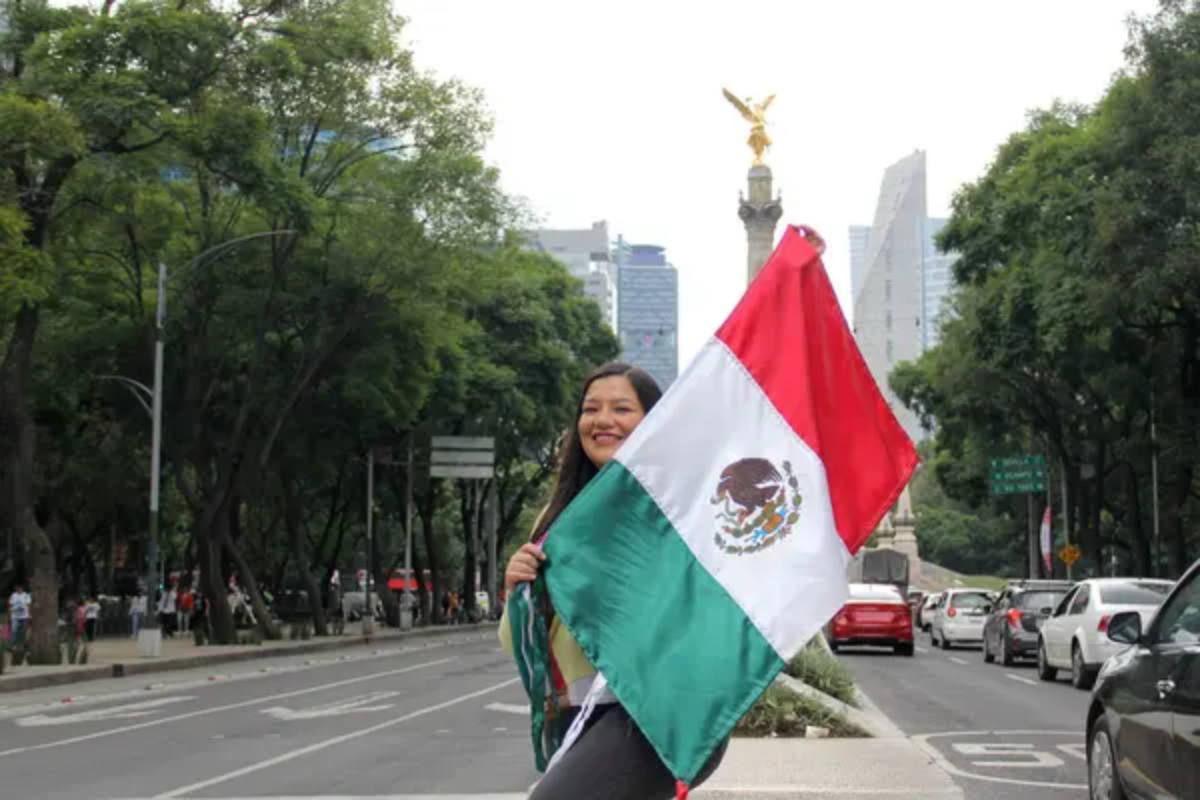
Tijuana’s linguistic landscape features not just bilingualism but a unique border dialect where Spanish and English merge into ‘Spanglish’ with distinctive local expressions and vocabulary not found elsewhere. Store signs, advertisements, and everyday conversations seamlessly blend both languages, with residents switching mid-sentence depending on which terms better express their meaning.
Even monolingual Spanish speakers incorporate English tech terms, brand names, and slang, creating a linguistic environment that immediately marks Tijuana Spanish as different from interior Mexico.
Currency Duality

Unlike most Mexican cities, Tijuana operates on a dual-currency system where U.S. dollars are accepted almost universally alongside Mexican pesos, with exchange rates posted prominently in shops and restaurants. Many businesses maintain prices in both currencies, while residents often carry wallets containing both forms of money for different purposes.
This financial fluidity extends to banking, with many Tijuanenses maintaining accounts on both sides of the border and making decisions about which currency to hold savings in based on exchange rate fluctuations.
Like Travel Pug’s content? Follow us on MSN.
Commuter Culture

Approximately 50,000 people legally cross from Tijuana into San Diego daily for work, education, or shopping, creating a unique class of transborder citizens who navigate both worlds as part of their routine. These commuters develop precise knowledge of border wait times and crossing strategies and often maintain homes, vehicles, and even separate wardrobes on each side of the boundary.
The morning and evening rush hours at the San Ysidro and Otay Mesa crossings create distinctive rituals as commuters queue in the predawn darkness to reach jobs in the American economy while maintaining Mexican residency.
Aspirational Architecture
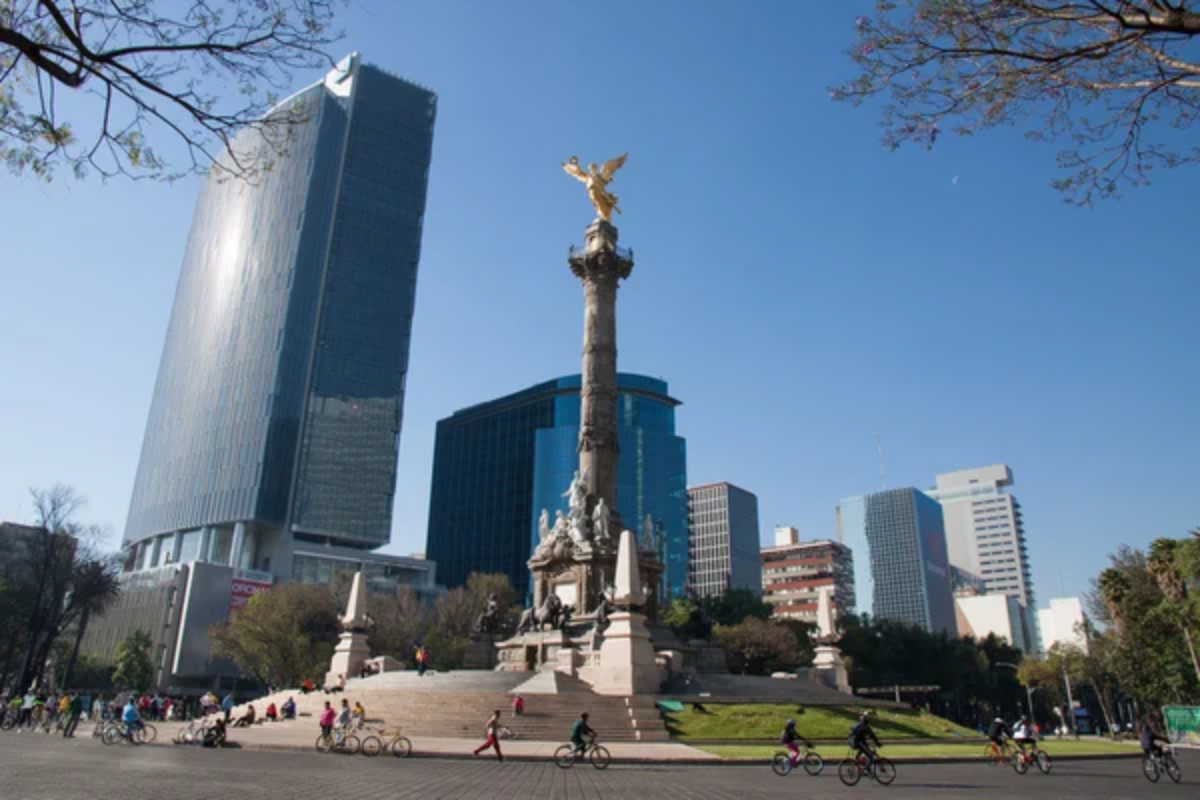
Tijuana’s urban landscape features architectural references to American styles that often appear slightly modified or reinterpreted through a Mexican lens. Residential developments with names like ‘California Villas’ or ‘San Diego Hills’ mimic U.S. suburban aesthetics with adaptations for local conditions, creating visual hybrids that belong fully to neither country.
Upscale neighborhoods feature Mediterranean-revival and California-contemporary designs that would be familiar to Southern California residents, though often with security features and spatial arrangements reflecting Mexican social patterns.
Culinary Fusion
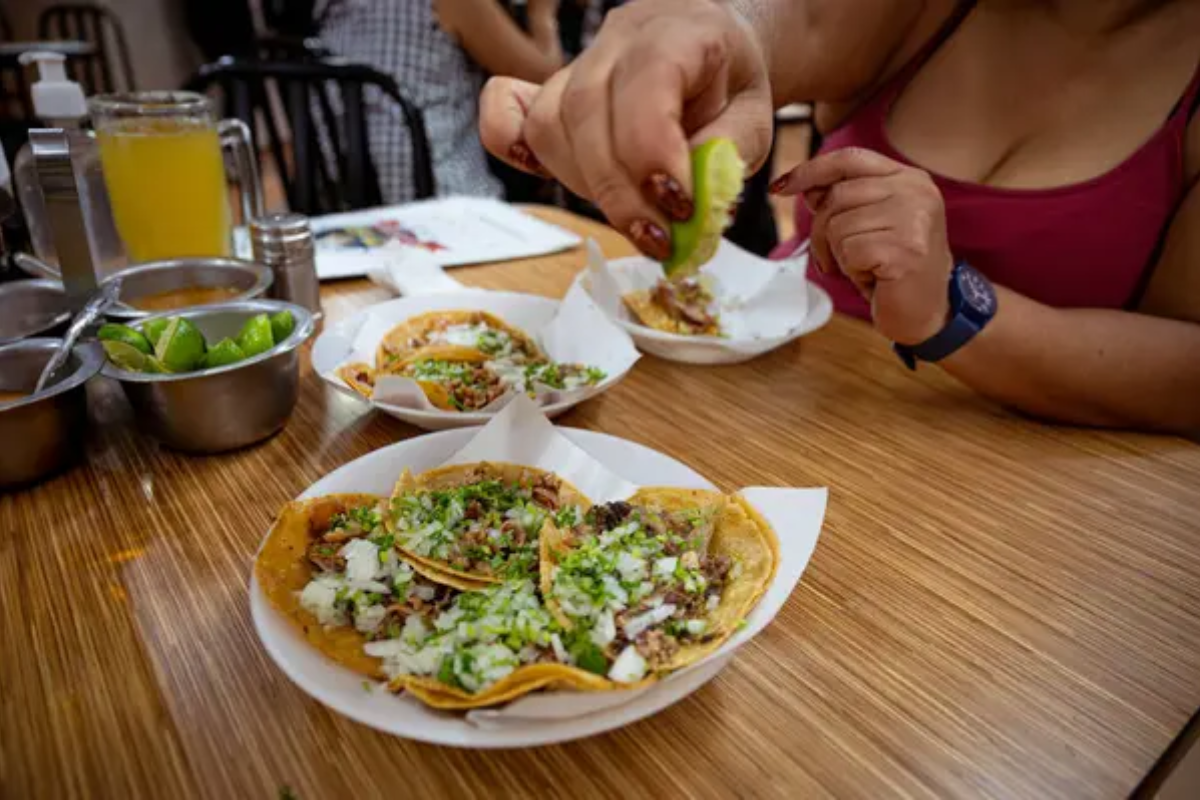
Tijuana’s food scene transcends simple ‘Tex-Mex’ to create distinctive border cuisines like Baja-Med (blending Mexican, Mediterranean, and Asian influences) and innovative street foods that wouldn’t exist without cross-cultural exchange. The city that claims to have invented the Caesar salad continues pioneering fusion concepts, with Korean-Mexican tacos, Chinese-Mexican restaurants, and craft beer culture borrowed from San Diego but applied to Mexican ingredients.
Even traditional Mexican dishes undergo a transformation in Tijuana, incorporating California produce, American dairy products, and presentation styles designed to appeal to cross-border customers.
Like Travel Pug’s content? Follow us on MSN.
Commercial Mimicry
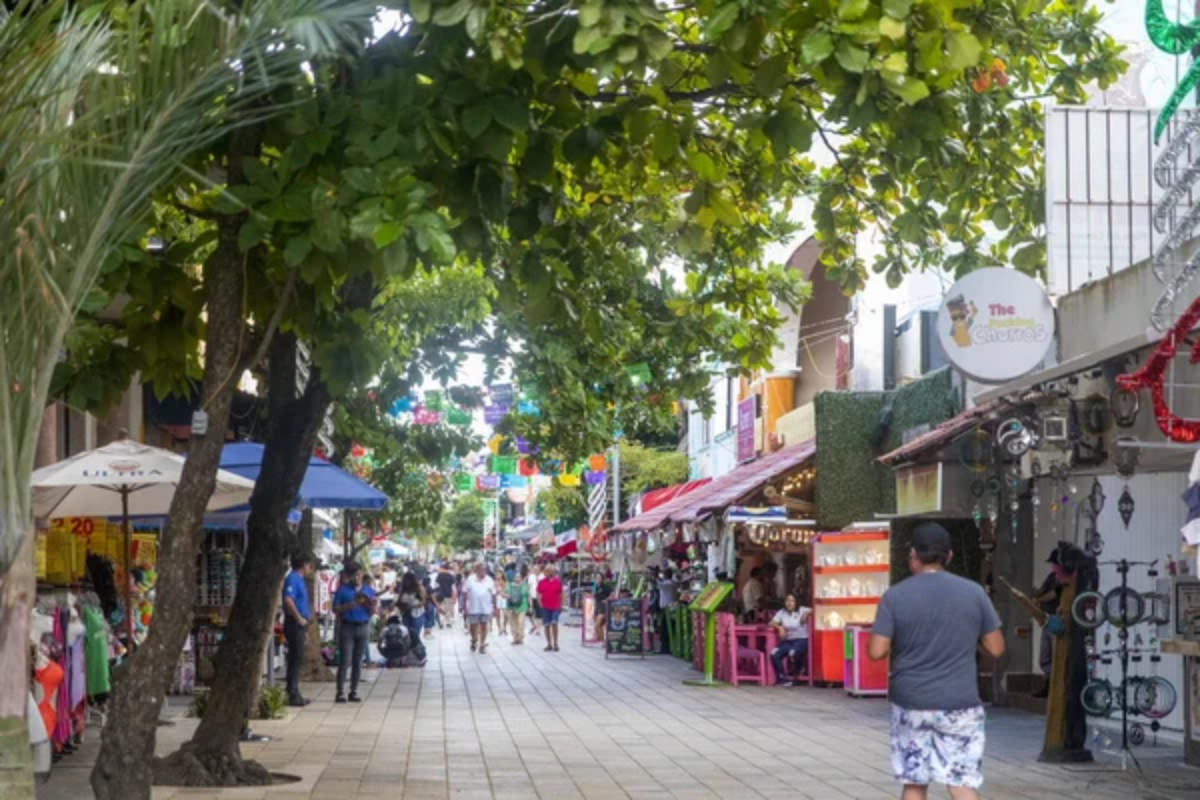
Retail environments throughout Tijuana often simulate American shopping experiences while incorporating distinctly Mexican elements, creating commercial spaces that feel simultaneously familiar and foreign to U.S. visitors. Shopping centers like Plaza Río feature international chains alongside local businesses, with store layouts, merchandising strategies, and customer service approaches that blend practices from both countries.
Even street vendors and markets show this hybridity, selling products imported from the U.S. alongside traditional Mexican goods, often with pricing and haggling customs that draw from both traditions.
Television and Media Consumption

Tijuana residents consume media from both countries, receiving San Diego television broadcasts alongside Mexican channels and developing cultural literacy in both entertainment landscapes. Local stations produce programming that references both cultures, while advertisements often feature distinct versions of the same products found on each side of the border.
This dual media environment creates shared reference points across the boundary, with residents discussing American sports teams, television shows, and celebrities alongside Mexican pop culture, sometimes without clear awareness of which elements come from which national tradition.
Border Industries
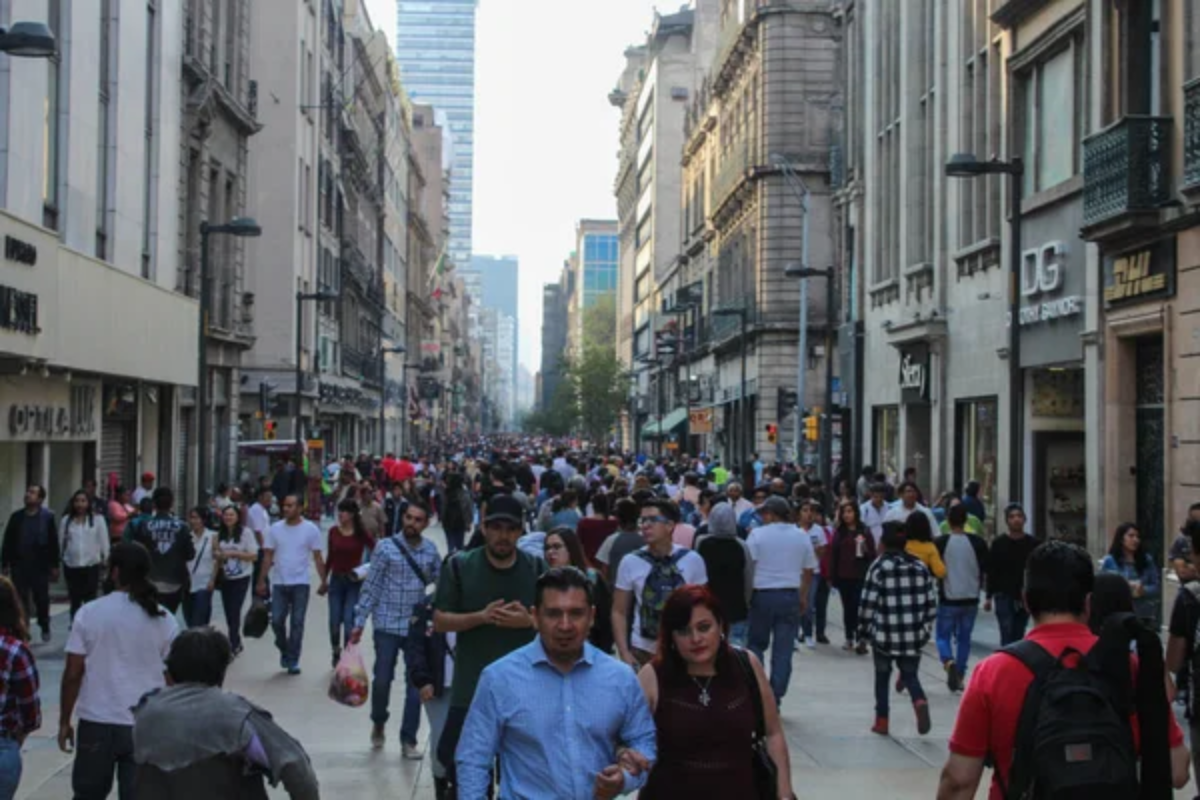
The maquiladora manufacturing system established in the 1960s created massive industrial parks housing international factories that produce goods primarily for the U.S. market, fundamentally reshaping Tijuana’s economy and labor practices. These facilities employ hundreds of thousands of workers who make everything from medical devices to televisions under American management systems adapted for Mexican labor regulations.
The resulting work culture blends corporate practices from multinational companies with local customs, creating distinctive organizational environments where employees navigate between American production standards and Mexican workplace relationships.
Like Travel Pug’s content? Follow us on MSN.
Medical Tourism

Tijuana hosts hundreds of medical and dental clinics catering specifically to American patients seeking lower-cost procedures, creating a healthcare sector that operates according to hybrid standards and expectations. These facilities often employ bilingual staff, accept U.S. insurance, and advertise American credentials while operating under Mexican regulations that allow procedures unavailable or prohibitively expensive north of the border.
The pharmaceuticals sector similarly operates in this border space, with American customers crossing specifically to purchase medications at Mexican prices, often guided by recommendations from bilingual pharmacy staff who understand both countries’ medical systems.
Educational Aspirations

Many Tijuana families structure their educational strategies around potential cross-border opportunities, with students studying English intensively and parents sometimes establishing temporary U.S. residency to provide their children access to American schools. Universities in Tijuana offer courses designed to prepare graduates for employment in both economies, while specialized programs facilitate educational border-crossing through dual enrollment options.
This creates a generation of young Tijuanenses with academic credentials and cultural fluency that make them equally employable on either side of the boundary.
Fashion and Appearance

Clothing styles in Tijuana blend influences from both countries, with American brands and fashions reinterpreted through local sensibilities and adapted for Mexican social contexts. Young people particularly navigate between aesthetic worlds, adopting elements of California casual alongside distinctly Mexican styling choices, creating hybrid appearances that would stand out in both San Diego and interior Mexico.
Even professional dress codes reflect this blending, with American business casual modified to meet Mexican expectations about formality and presentation while maintaining comfort in Tijuana’s climate.
Like Travel Pug’s content? Follow us on MSN.
Musical Crossovers

Tijuana’s music scene combines genres from both countries into distinctive border sounds, from Norteño bands incorporating American rock elements to electronic artists sampling from both Mexican traditional music and U.S. hip-hop. Venues throughout the city showcase performers who switch between Spanish and English lyrics, sometimes within the same song, while audiences demonstrate familiarity with hits from both countries.
This musical hybridity extends to radio stations broadcasting from both sides of the border, creating a shared soundscape that transcends the international boundary.
Sporting Loyalties

Sports allegiances in Tijuana reflect its border position, with many residents supporting both Mexican teams like Club Tijuana ‘Xolos’ and American franchises like the San Diego Padres or Los Angeles Lakers. Sports bars throughout the city show games from both Mexican and American leagues.
At the same time, conversations about athletics naturally cross between discussions of soccer, baseball, and basketball without regard for national origin. Even youth sports programs reflect this duality, with American-style football gaining popularity alongside traditional Mexican sporting priorities.
Celebration Calendars
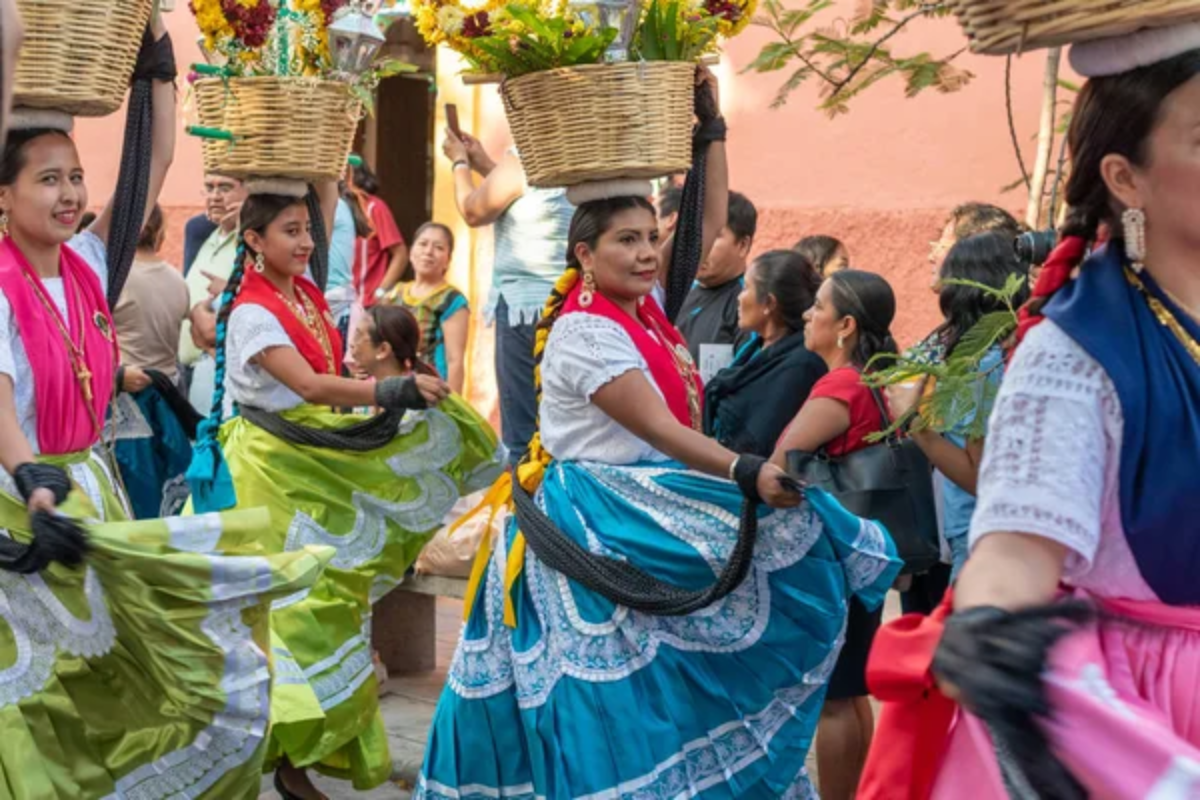
Tijuana residents often observe holidays from both countries, creating a year-round calendar of celebrations that exceeds what each nation recognizes individually. Thanksgiving dinners happen alongside Day of the Dead observances, while Fourth of July parties occur within weeks of Mexican Independence celebrations, creating a distinctive rhythm of festivities.
Even shared holidays like Christmas and New Year’s Eve incorporate traditions from both cultures, with families often selecting elements from each according to personal preference rather than national identity.
Like Travel Pug’s content? Follow us on MSN.
Security Realities

The security landscape in Tijuana reflects its position as both a transportation corridor and a boundary between dramatically different economic systems and legal jurisdictions. Policing approaches borrow techniques from American agencies while operating under Mexican legal frameworks, creating distinctive enforcement patterns visible in everything from traffic management to criminal investigations.
Residents develop a sophisticated understanding of which behaviors attract attention from different security forces, navigating a complex environment where U.S. Border Patrol surveillance technologies operate alongside Mexican military checkpoints and local police patrols.
Housing Adaptations
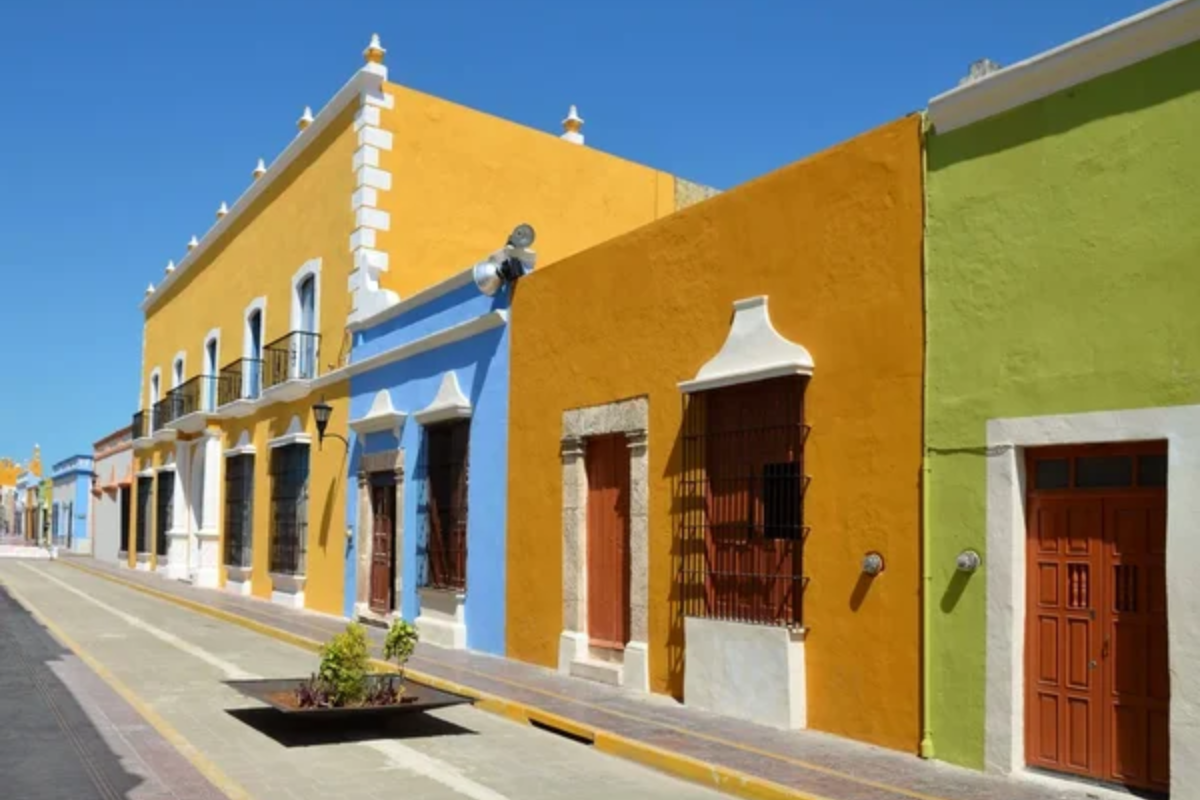
Residential architecture in Tijuana demonstrates creative adaptations of American housing concepts to Mexican urban patterns and economic conditions, with developers offering ‘California-style’ homes featuring modified layouts that accommodate extended family living arrangements. Construction techniques blend materials and methods from both countries, while neighborhoods increasingly feature combinations of security measures common in Mexican cities alongside open-concept designs popularized in American suburbs.
Even interior decorating reflects this hybridity, with furniture styles, appliance preferences, and spatial arrangements that wouldn’t be found in either mainstream American or traditional Mexican homes.
Identity Flexibility
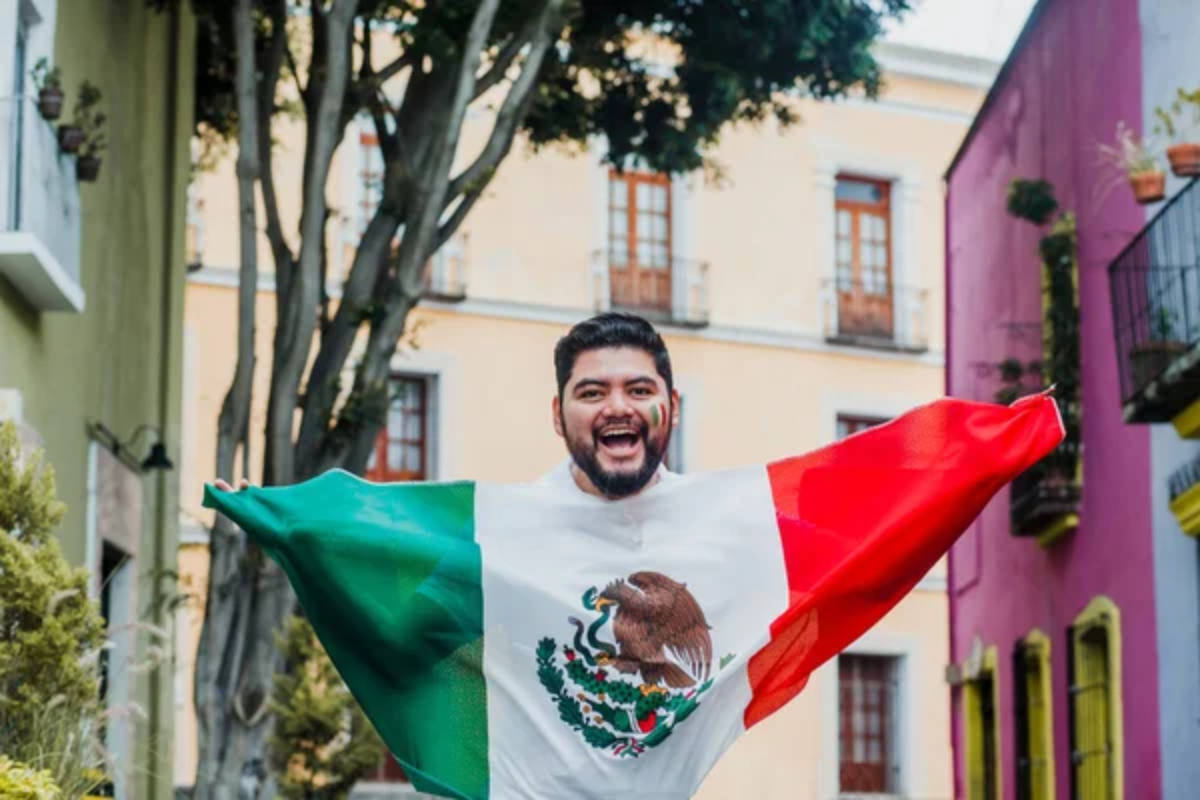
Many Tijuanenses develop flexible cultural identities that shift depending on the context, displaying different aspects of themselves when operating on either side of the border. This adaptive identity allows residents to navigate both worlds effectively while maintaining a distinctive border perspective that acknowledges the artificiality of the boundary.
The phrase ‘ni de aquí, ni de allá’ (neither from here nor from there) captures this liminal position, with many residents describing themselves as ‘fronterizos’ (borderlanders) rather than simply Mexican or Mexican-American, acknowledging their unique cultural position.
Like Travel Pug’s content? Follow us on MSN.
Technological Adaptation

Tijuana’s technological landscape reflects innovative adaptations to the opportunities and constraints created by the border, with residents developing sophisticated workarounds for everything from cell phone plans to internet access. Many use U.S.-based services and Mexican alternatives simultaneously, switching between providers depending on their location relative to the border or maintaining dual systems.
This technological fluidity extends to social media usage, streaming services, and e-commerce platforms, with borderlanders navigating different digital ecosystems as part of everyday life.
Healthcare Navigation

Tijuana families often develop sophisticated strategies for accessing healthcare on both sides of the border, making calculated decisions about which medical needs to address in each country based on cost, quality, and access considerations. Those with appropriate documentation may use emergency services in San Diego while handling routine care in Tijuana or cross specifically for specialized treatments available only in certain facilities.
This healthcare arbitrage creates a population highly informed about the relative advantages of both systems, often with a more comprehensive understanding of comparative healthcare than most citizens of either country.
Linguistic Creativity
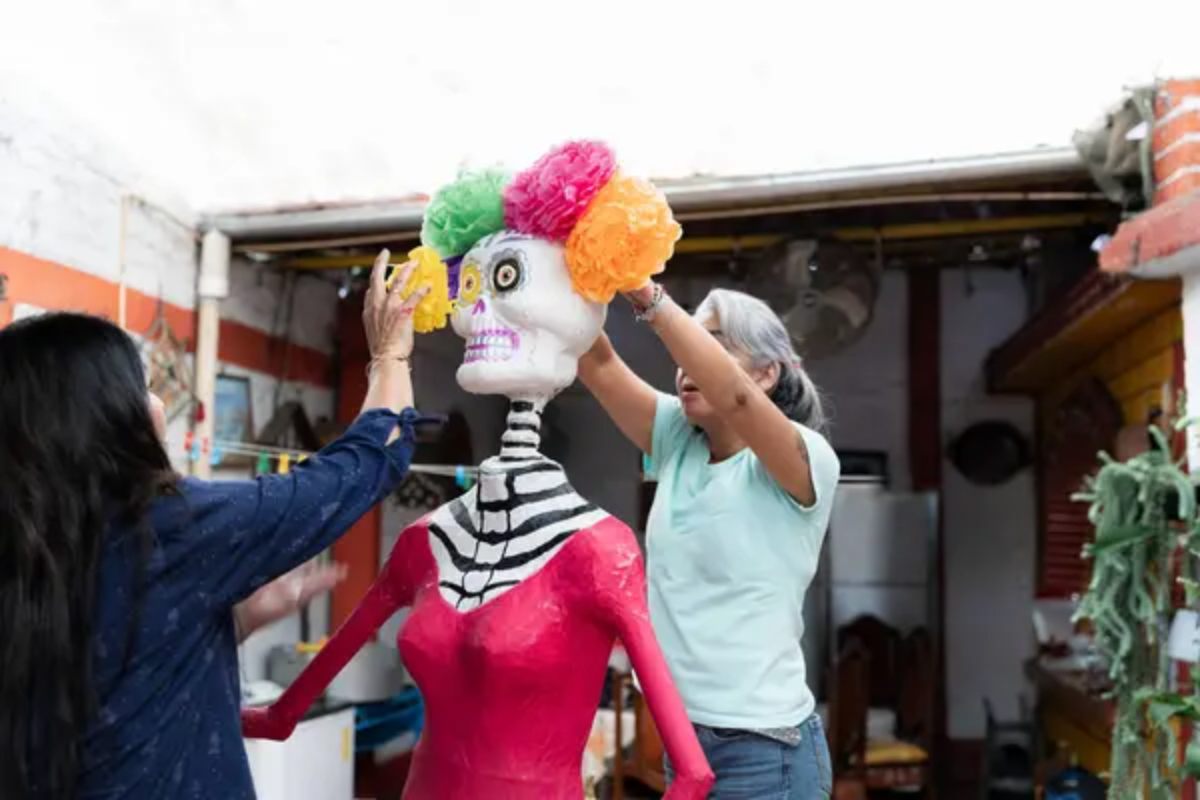
Beyond simple bilingualism, Tijuana has developed distinctive linguistic innovations, including new vocabulary, grammatical patterns, and expressions that reflect its unique cultural position. Words like ‘washatería’ (laundromat, blending ‘to wash’ with Spanish suffix), ‘parquear’ (to park a car), and ‘troka’ (truck) demonstrate how language evolves in border spaces, creating communication tools that perfectly express borderland realities.
This linguistic creativity extends to humor, storytelling, and everyday conversation, with residents deploying code-switching not from the inability to express themselves in either language but as a sophisticated communication strategy that accesses the full expressive potential of both tongues.
Like Travel Pug’s content? Follow us on MSN.
The Third Nation of the Border
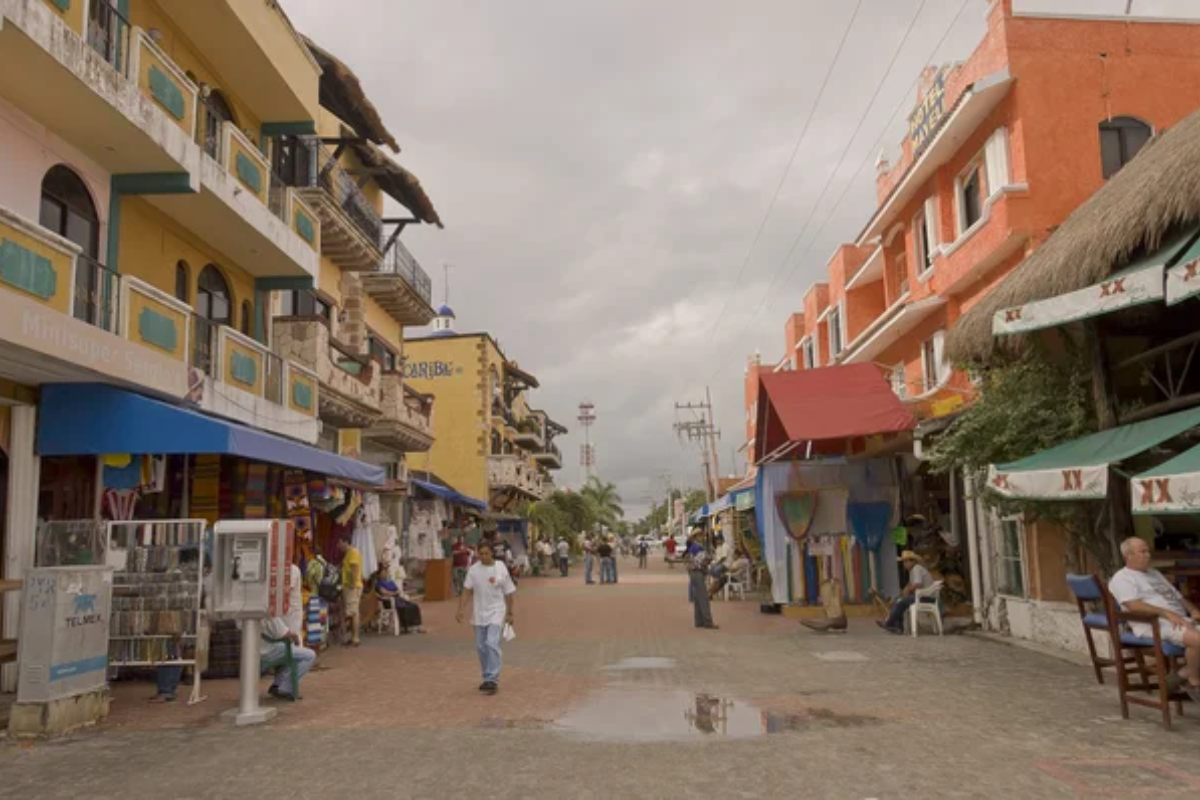
Tijuana represents neither Mexico’s Americanization nor America’s extension into Mexico but rather the emergence of something distinctly different – a border culture with its internal logic, values, and practices. This ‘third nation’ exists wherever borders create sustained contact between different systems, but perhaps nowhere more visibly than in this city where the developed and developing worlds meet at their closest point.
For residents and visitors willing to embrace the contradictions and creativity of this in-between space, Tijuana offers fascinating glimpses into how cultures transform when they collide, creating new possibilities from the fragments of both.
More from Travel Pug

- 20 Destinations That Were Once Thriving but Are Now Quietly Disappearing
- 13 Destinations Where Tourists Regularly Regret Their Trip
- 20 Once-Popular Beach Towns That Are Now Ghostly Empty
- 10 Under-the-Radar Mountain Towns That Are Both Affordable and Beautiful
- Take a ‘Learning Vacation’ in These 20 Extraordinary Places
Like Travel Pug’s content? Follow us on MSN.
